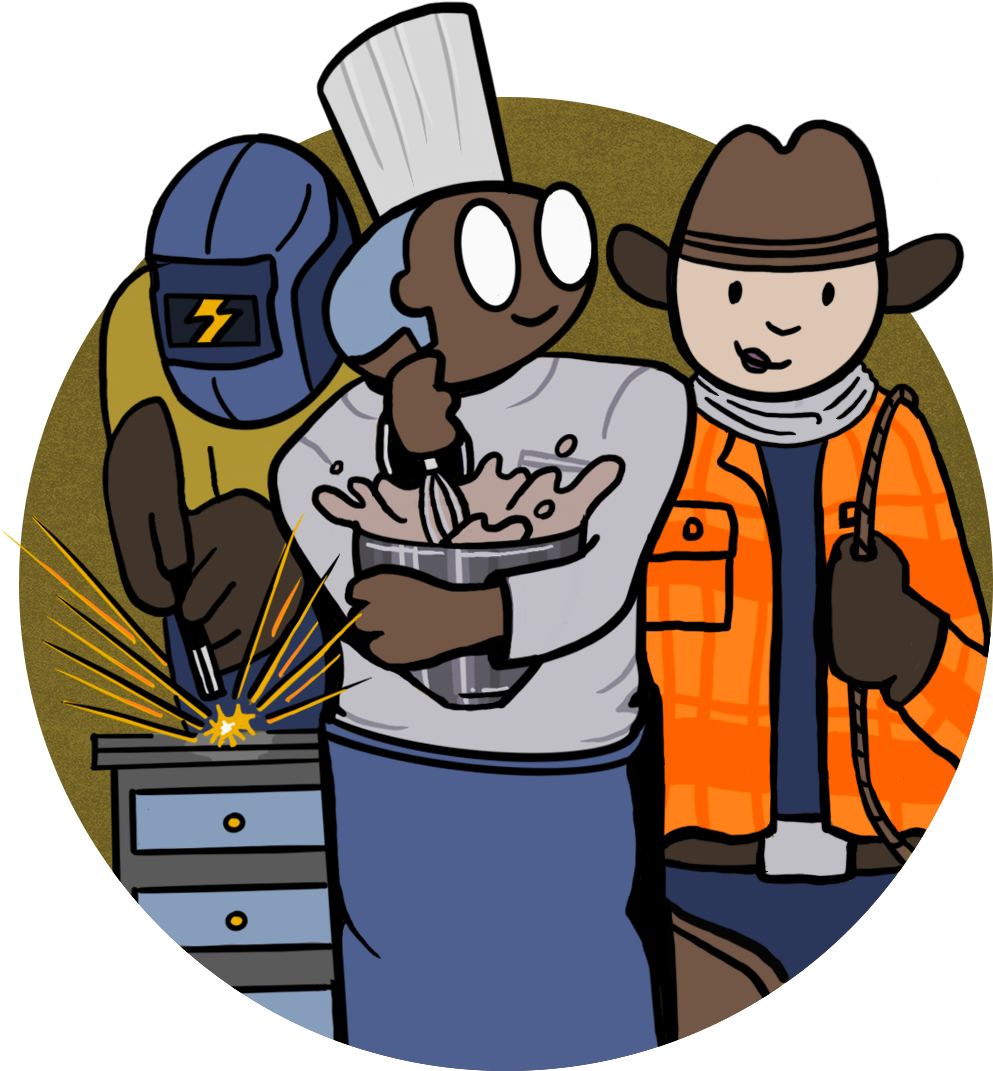If you are in an unsafe situation and need help immediately, Dial 9-1-1
The Education for Homeless Children and Youth (EHCY) is authorized under Title IX Part A of the Every Students Succeeds Act (ESSA). This is also known as the McKinney-Vento Homeless Assistance Act. This act is designed to address the problems that children and youth in transition face in enrolling, attending, and succeeding in school.
Homelessness may exist in any community. A combination of high housing costs and poverty causes many families to lose their housing, and many young people leave their homes due to abuse, neglect,and family conflict. Children and youth who have lost their housing live in a variety of places, including motels, shelters, shared residences, transitional housing programs, cars, campgrounds, and other places. Their lack of permanent housing can lead to potentially serious physical, emotional, and mental consequences.
Under federal law,children and youths experiencing homelessness must have access to appropriate public education, including preschool education when applicable, must be able to fully participate in school and extracurricular activities, and must have access to educational, transportation and other services that they need to assist them in meeting the same challenging State student academic achievement standards to which all students are held. Our schools will ensure that children and youth experiencing homelessness are not stigmatized or segregated and are free from discrimination and harassment. In addition, children and youth experiencing homelessness may not be separated from the mainstream school environment based solely on the fact that they are experiencing homelessness.
Every school district is required to have a trained, local homeless education liaison to identify and assist families in transition with enrolling and fully participating in school.
Wyoming 211 or Dial 2-1-1
National Runaway Safeline or call (800) RUNAWAY
National Suicide Prevention Lifeline or call (800) 273-TALK
National Domestic Violence Hotline or call (800) 799-7233
National Human Trafficking Hotline or call (888) 373-7888
SchoolHouse Connection
National Center for Homeless Education
National Association for the Education of Homeless Children and Youth
National Law Center on Homeless and Poverty
Food and Nutrition






